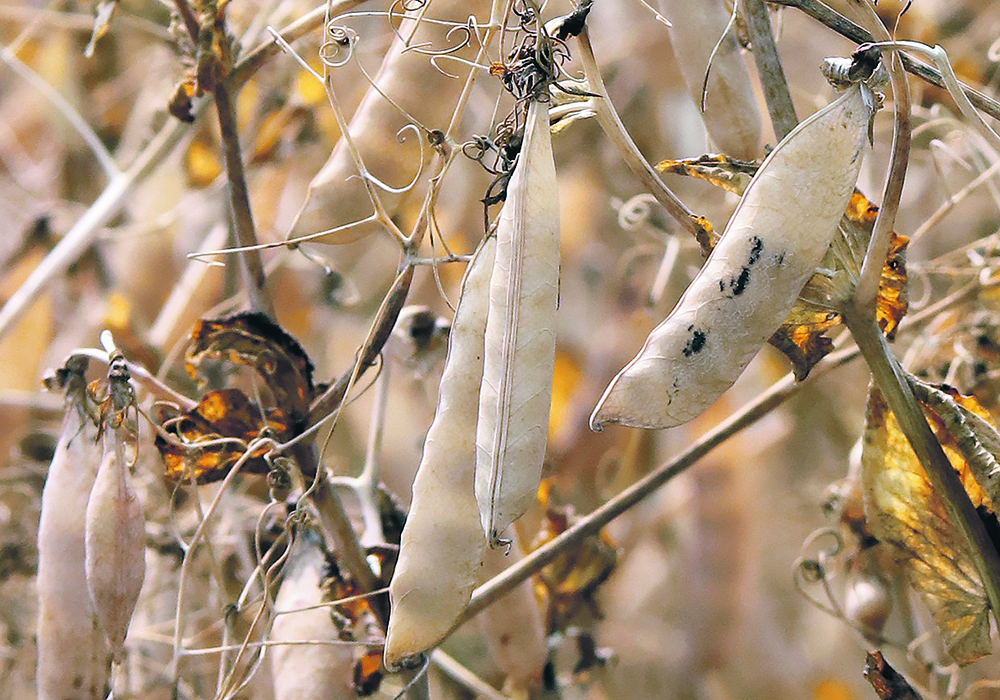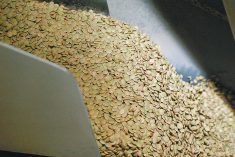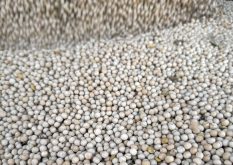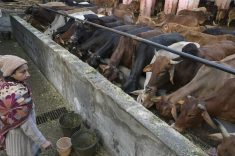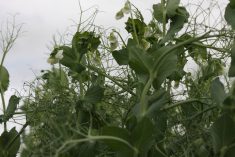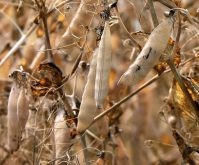SASKATOON — India is extending its exemption on yellow pea import duties for another two months.
“This is an important bit of good news for the industry,” said Pulse Canada president Greg Cherewyk.
Related stories:
“Certainly, at this point of the year it’s incredibly important.”
Read Also

Bunge’s crop mix is changing
Bunge has predominantly been a soybean processing firm, but that’s about to change after the merger with Viterra with softseed processing and grain merchandising gaining ground.
The exemption has been extended to Dec. 31, 2024, from the previous deadline of Oct. 31, 2024.
India first lifted its yellow pea duties in December 2023. In response, Canada shipped 730,000 tonnes of the crop to India between January and July 2024.
Cherewyk was surprised by the timing of the extension announcement.
“We have historically seen some of these announcements at the last minute, right up against the deadline and sometimes even past it,” he said.
Pulse Canada has been lobbying for years for India to provide more advanced notice on its policy decisions because it takes time to procure, ship and land product.
Cherewyk said it is hard to tell why India does what it does, but he suspects the extension has something to do with rampant food price inflation that has been running at about six per cent per month.
“What’s more important is that pulse (inflation) has been stubbornly high,” he said.
“It was at 13.6 per cent in August. That’s the 15th straight month of double-digit price inflation for pulses.”
The national election is over, but six state assembly elections are happening in India between June and November, so politics likely played a role in the decision as well.
Rav Kapoor, chief executive officer of ETG Commodities Inc., estimates there is a stockpile of one to 1.1 million tonnes of yellow peas on the ground in India.
Another 600,000 to 800,000 tonnes are committed for the August to October shipment period.
How much more India purchases will depend on how fast those supplies are liquidated.
And that depends on how India’s rabi (winter) season crop shapes up. Planting for that crop begins in October.
“They want to make sure that enough supplies will be maintained,” Kapoor said.
Rabi seeding conditions look promising from a moisture standpoint and pulse returns look good, except for yellow peas due to the high volume of imports for that commodity, he said.
There are plenty of variables to consider, but he believes there is room for India to take more yellow peas in the coming months and there will be corollary demand from other regions of the world.
China, Bangladesh and the Middle East have all been holding back on purchases, waiting to see what India will do.
And now they know.
“Those markets will also be coming in and booking whatever they need for December loadings, so it’s a win-win situation for the Canadian farmer,” said Kapoor.
Cherewyk said the timing of India’s announcement couldn’t be better. It is a relief for Canadian farmers to get that market certainty as they wrap up harvest.
“Having that extra time and having that wider window to execute is always important for sure,” he said.
However, he noted that there will be stiff competition from Russia into India and China, despite a smaller crop in that market.
AgPulse Analytica is forecasting 4.25 million tonnes of Russian pea production in 2024, a 10 per cent drop from last year.
There are very few old crop peas left in Russia’s pipeline, so exports are expected to be 2.45 million tonnes in 2024-25, down 27 per cent from last year, AgPulse stated in a recent Global Pulse Confederation (GPC) article.
Statistics Canada just released its new principal field crop production estimates for Canada. It is forecasting 3.16 million tonnes of peas, a 21 percent increase over last year.
Stat Publishing is forecasting 2.45 million tonnes of Canadian pea exports in 2024-25, which is identical to AgPulse’s Russia forecast.
The other big factor to consider for India’s pulse demand is Australia’s desi chickpea crop, because India often uses yellow peas as a substitute for desi chickpeas in recipes.
Australia has a bumper desi chickpea crop on the way that could help alleviate India’s shortfall of the crop.
“Chickpeas are looking phenomenal. Every farmer and his dog has put chickpeas in,” Umang Bagaria, founding director of Mandala Trading, said in a recent GPC article.
“If you’ve been hearing 1.5 or 1.6 million tonnes, I wouldn’t be surprised if it is two million-plus. It’s exceptionally good.”
That would rival the record two million tonne crop produced in 2016-17.
Australia’s crop is harvested in the October through mid-December period.
India’s duty-free period for chickpeas ends March 31, 2025, and it takes 60 days to transport the crop from Australia to India.
“That gives you basically November, December and half of January to export the crop to make sure it gets there in time,” Nick Crowley, pulse trader at CL Commodities, said in another GPC article.
“So that’s going to be a hectic period.”
Contact sean.pratt@producer.com


